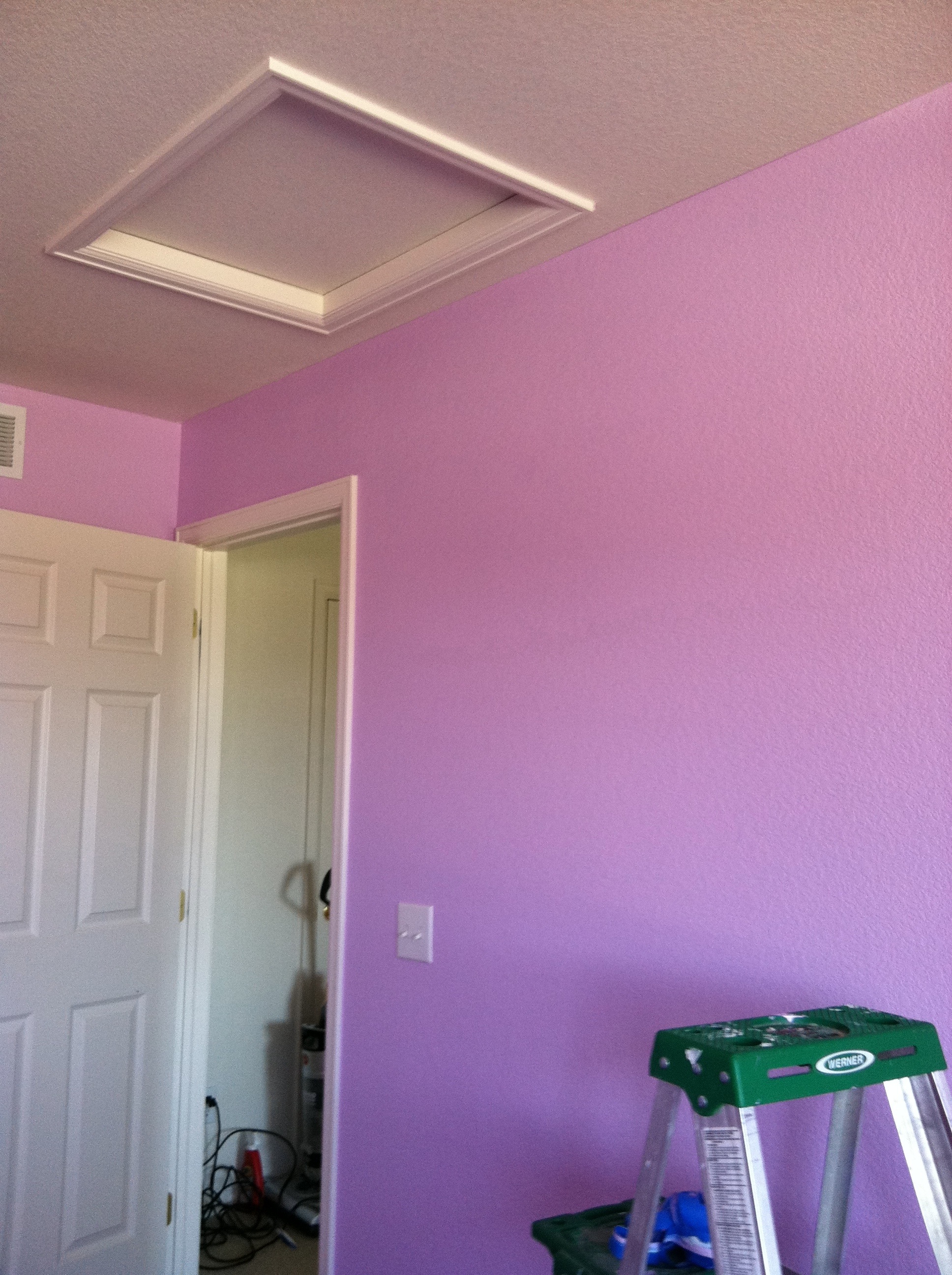Residential painters Parker co.
Expert Advice on Making Your Paint Job Work for You
Give your current home a coat of neutral colors and prospective buyers will be able to get a good picture of how their furniture might look in your home. And you’ll want to give your new home a look that’s distinctively you. So follow these basic steps for a beautifully painted interior. You’ll learn how to prime the walls and use a roller, cover hard-to-reach spots with a wall brush and paint the woodwork.
Step 1: Prime time
Unless the existing finish is flat you’ll need to apply a primer coat to make the new paint adhere. On flat-painted walls that require only minor repairs you may simply choose to spot prime. For walls with larger areas of patching plaster, it’s advisable to use a sealer or primer/sealer. Priming doesn’t require as much care as painting, but it’s done the same way; follow the next three steps, which you’ll repeat with the paint after the primer dries.
Step 2: Ceiling brushwork
Start with the ceiling, first covering the perimeter and unpainted areas around the fixtures.
Step 3: Ready to roll
You’ll want to begin with the ceiling (moving widthwise), in sections about six feet square. Use a series of overlapping “W” strokes from right to left, then back from left to right. If using any other finish than flat, go over the entire ceiling (for very large ceilings, two square sections at a time) once again with one-directional, overlapping, non-diagonal strokes to blend the paint. Next, repeat the same steps with the walls, covering to within 1-1/2 inches of all edges. Note: the final non-diagonal strokes here should be from top to bottom.
Step 4: Wall brushwork
Unless you’re very skillful or you’ve got an edging tool, make sure to mask the perimeter of the ceiling with painting tape and paint the upper perimeter of the walls, as well as all areas that cannot be covered with the roller.
Step 5: Back for seconds?
If the ceiling and walls need a second coat, you can do it after the first coat dries. Check the label for the manufacturer’s recoating guidelines.
Step 6: Trim, baseboards, doors, and windows
With painting tape or a paint edger, protect newly painted wall surfaces while you paint the woodwork. Doors can be wedged open with a rolled-up newspaper, but be sure to put a drop cloth underneath them. A roller saves time on a flat door; a door with panels requires a brush. With double-hung windows pull the top sash down and paint the bottom part of it first; then push it back up and paint the top part of it, then the bottom sash, then the jambs and frame.
By using the above methods, you’ll virtually ensure that whether you’re moving out or movin’ in, your home will be a showpiece and the first step towards making your house a home.
 resdential painters Parker co.
resdential painters Parker co.

